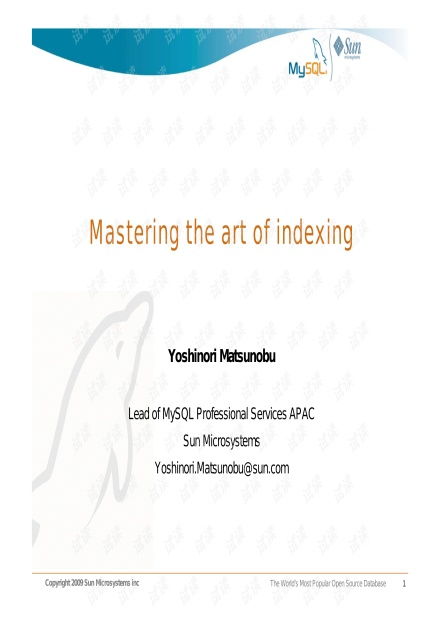Content:
Fishing, an ancient and cherished pastime, has been captivating anglers for centuries. One of the fundamental skills that every angler must master is the lift and draw technique. This method is crucial for maintaining a steady connection with your bait and detecting subtle movements that indicate a fish's interest. In this comprehensive guide, we will delve into the intricacies of learning and perfecting the lift and draw fishing technique.
Understanding the Lift and Draw Technique
Before we dive into the specifics of how to learn this technique, it's important to understand what the lift and draw technique entails. The lift and draw technique involves the following steps:
- Lift: This is the initial action where you gently raise your rod tip to bring your bait closer to the surface or move it vertically through the water column.
- Pause: After lifting, you pause for a moment to allow the bait to settle or to detect any changes in the water.
- Draw: This is where you smoothly and steadily move your rod tip to the side, creating a side-to-side motion that mimics the natural movement of live bait.
The key to mastering this technique lies in the finesse and control with which you execute these movements.
Step-by-Step Guide to Learning the Lift and Draw Technique
Start with the Basics: Begin by understanding the basic mechanics of your fishing rod. Familiarize yourself with the different parts of the rod, such as the grip, reel seat, and tip. This knowledge will help you handle the rod with greater confidence.
Practice Your Casting: A solid foundation in casting is essential for the lift and draw technique. Practice casting with your rod to develop a smooth and accurate cast. Focus on achieving a consistent and repeatable cast.
Learn the Lift: Once you have a good casting technique, start practicing the lift. Hold your rod with a firm grip and gently raise the tip from the water's surface. The lift should be gentle and controlled, ensuring that your bait moves smoothly through the water.
Master the Pause: The pause is a critical element of the lift and draw technique. After lifting your bait, pause for a moment to allow it to settle. This gives the fish time to react to your bait and increases your chances of a successful catch.
Develop the Draw: The draw is where you create the side-to-side motion. Begin by making small, subtle movements with your rod tip. Gradually increase the speed and amplitude of your draw, ensuring that the movement is smooth and consistent.
Feel the Bait: Pay close attention to how your bait feels during the lift and draw. Feel for any resistance or changes in the line that might indicate a fish has taken the bait.
Experiment with Rhythm: The rhythm of your lift and draw is crucial. Experiment with different rhythms to see which one works best for the type of fish you are targeting and the conditions of the water.
Use the Right Bait: The type of bait you use can also affect the effectiveness of the lift and draw technique. Use baits that naturally exhibit side-to-side movement, such as minnows or small jigs.
Learn from Others: Observing and learning from experienced anglers can be invaluable. Watch how they execute the lift and draw technique and ask for tips and advice.

Consistent Practice: Like any skill, mastering the lift and draw technique requires consistent practice. Spend time on the water, applying what you've learned, and gradually improve your technique.
Common Mistakes to Avoid
- Overcomplicating the Movement: The lift and draw technique should be smooth and natural. Avoid making sudden or jerky movements, as this can spook fish.
- Forcing the Bite: Give the fish time to react to your bait. Don't force the bite by moving your bait too quickly or too aggressively.
- Neglecting the Pause: The pause is a critical part of the technique. Neglecting it can result in missing subtle strikes.
In conclusion, learning the lift and draw fishing technique requires patience, practice, and a keen awareness of the water and your bait. By following this comprehensive guide, you'll be well on your way to mastering this essential skill and enjoying more successful fishing trips. Remember, the key to success lies in the finesse and control with which you execute each movement, so take your time and enjoy the process of learning. Happy fishing!












